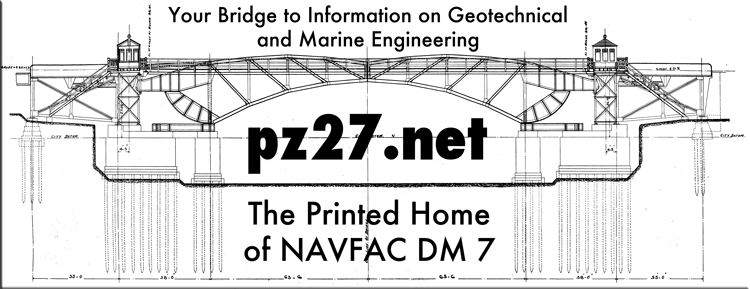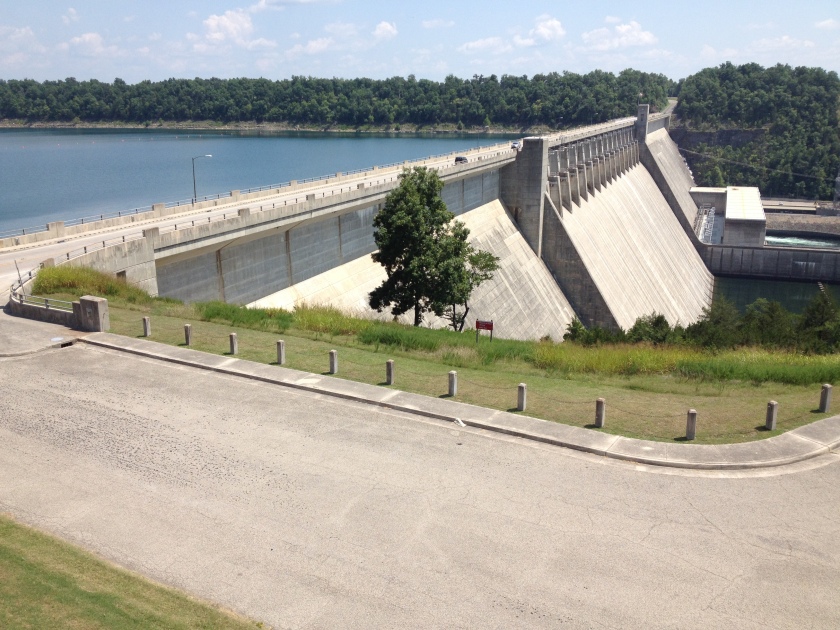Anyone familiar with the history of geotechnical engineering is aware that its development can, to some extent, be tracked with the development of its textbooks. Early textbooks tended to be vague and empirical in nature. With new books more theory is found, especially after the works of Terzaghi, Peck, Tschebotarioff and Taylor. By the early 1970’s there was a large selection of textbooks for the undergraduate instructor to choose from in the topics of soil mechanics, foundations or books that featured both.
This selection, which peaked with the end of the “Golden Age” of geotechnical engineering, has thinned considerably, as it has with most textbooks. Soils in Construction made its debut in 1974, right in the middle of the last burst of activity in the field. So why has this textbook endured when so many others have fallen by the wayside?
The answer is simple: it wasn’t aimed at undergraduate civil engineering students but at construction management ones, and in that respect it was far enough ahead of its time to endure but no so far as to die before its time would come.
When I started my career in the 1970’s, people with geotechnical knowledge working for contractors were a rare breed. This is not to say that such people had not taken their place; the likes of Lazarus White comes to mind. But most contractors–especially small and medium size firms, firms which frequently specialised in one or more aspects of geotechnical construction–did not have on staff people with a working knowledge of applied geotechnical theory.
Contractors were not alone in this lack. State DOT’s were likewise short of people with this type of understanding, and they had large sums of public money entrusted to them. The FHWA saw the need to address this issue, and the Soils and Foundations Reference Manual was the result of that effort. Although it can be used in a college setting (I have done this in my Soil Mechanics and Foundation Design and Analysis courses) it takes a lot of work, more work than most academics are used to putting into an undergraduate course.
Soils in Construction is the answer to this dilemma. It is geared towards construction management students whose mathematical level may not be up to that of their engineering counterparts. (But…I always told my students that the only calculus they’d get in my courses is if they didn’t brush their teeth; even for them it is the nature of basic geotechnical engineering.) It enables them to grasp the basics of the application of soil mechanics to practical problems, including temporary works, whose engineering is frequently overlooked but which is often vital for the successful completion of the permanent works to follow.
With this the authors commend this work to our readers, hoping that it will result in more successful geotechnical projects for contractor, owner and engineer alike.

